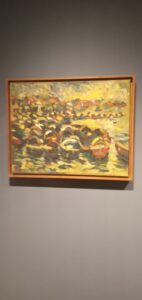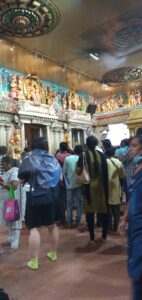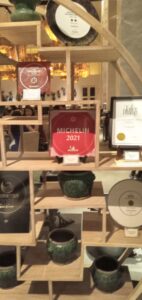Singapore
Singapore: Financial Capital and Hub of Southeast Asia
Date Visited: November 2022
Getting There
Of course, there is no official capital of Southeast Asia, but the booming and wealthy island-nation of Singapore just feels like it fills the role perfectly. Singapore’s Changi Airport also functions as the center of the Southeast Asian transportation universe. You can get to Singapore from every decent-sized airport in the region as well as from destinations across the planet. At this writing there are 30 direct flights from Jakarta to Singapore each day on flagship airlines (e.g. Singapore Airlines) as well as budget carriers. The flight takes under two hours, and you can find a round trip ticket with a budget carrier for as little as $100 if you select a no-frills airlines like Air Asia (though I don’t particularly love flying with them) and if you avoid traveling during peak periods.
Two caveats
Singapore is definitely the most expensive destination I’ve visited in Southeast Asia—with hotel prices typically double that of Jakarta or Kuala Lumpur, for example. Bring a full wallet if you plan to visit. Also remember that Singaporeans adhere to their rules strictly and aren’t impressed by the excuses of tourists who don’t comply with regulations. The flip side of this second caveat is that Singapore is incredibly clean and orderly and is probably about as safe a place as there is in the region—or anywhere on the planet, for that matter.
There’s so much to do in Singapore, but I only had a brief visit and was only able to see a small sample.
Gardens by the Bay
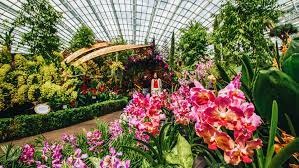
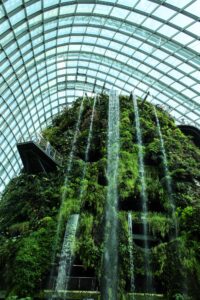
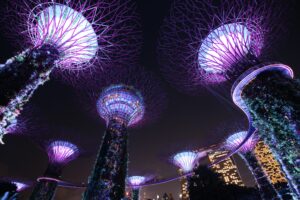
This is probably the most amazing tourist site on the Island. This stunning botanical garden contains over 1.5 million plants housed in 100 hectares of displays. I most enjoyed the Cloud Forest with its collection of “high-altitude rain forest” plants and the world’s second tallest indoor waterfall. Don’t forget to visit The Supertree Grove in the evening to witness the spectacular sound and light show.
Merlion

This mascot of Singapore is half lion/half fish. The most prominent version of this sculpture is housed on Marina Bay and doubles as a quaint fountain. It’s especially cool to visit at night.
National Museum of Singapore
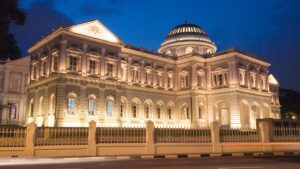
This beautiful museum of history and culture was established on its current site in 1887 and is the oldest in the country and one of the biggest in the region. My favorite of the exhibits was the extensive history gallery, including a comprehensive overview of Singapore’s experience during World War II.
National Gallery of Singapore
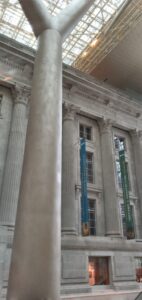
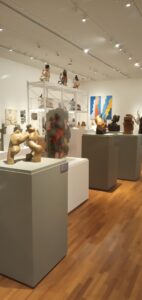
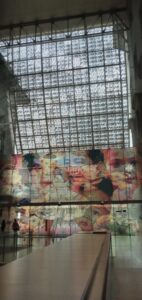
The world’s largest public display of modern Southeast Asian Art was established in 2005 in the former Supreme Court building. As with everything in Singapore it is immaculately designed and perfectly curated. I’ve visited almost all the national art galleries in the region and none of them come close to this extraordinary collection.
Little India/Sri Veeramakaliamman Temple
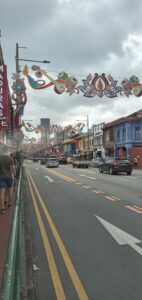
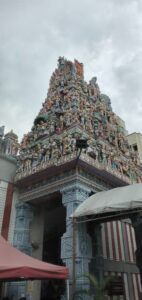
I’ve also been to several “Little India” neighborhoods in Southeast Asia, and this is the largest and most-vibrant that I have visited up to this point. This neighborhood is teeming with shops, temples, small eateries, and thousands of people. It feels like you’ve departed Singapore for the sub-continent for a couple hours. Don’t forget to visit Sri Veeramakaliamman Temple, celebrating the Hindu goddesses Kali and Parvati. The temple was built in 1881 by Bengali laborers in the South Indian Tamil style. You might also want to check out one of the multitude of cozy Indian eateries serving wonderfully authentic fare.
Candlenut
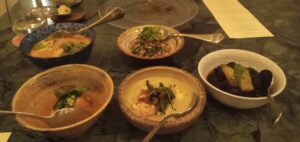

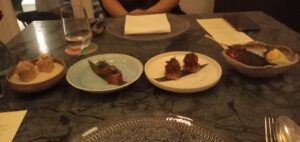
For the first time in my life, I ate at a Michelin-star restaurant. The wonderful establishment is called Candlenut, and it was the first local Straits-cuisine restaurant to earn a Michelin Star. The magnificent tasting menu contains four appetizer courses, six main courses and four dessert courses. Each course was the talented chef’s modern take on classic traditional Straits dishes. It was one of the ten best meals of my life, made even more pleasant because I was accompanied by Suyuna, an incredible former student from UCA, who happened to be studying at the National University of Singapore when I visited.
Hakka Cuisine
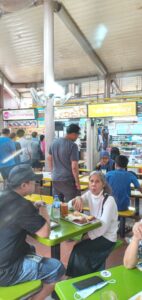

If you want a nice budget culinary option, check out one of the hundreds of Hakka food stalls around Singapore. The Hakka are the ethnic Chinese group who migrated to Singapore from southern China and represent around 8% of the island’s population. There are also Hakka food fairs where dozens of stalls are collected together in one place. Suyuna took me to one group of Hakka stalls near her home, in the vicinity of NUS, and to another adjacent to Gardens by the Bay. Both culinary experiences were excellent, with a variety of options, and moderately priced.
Gallery
